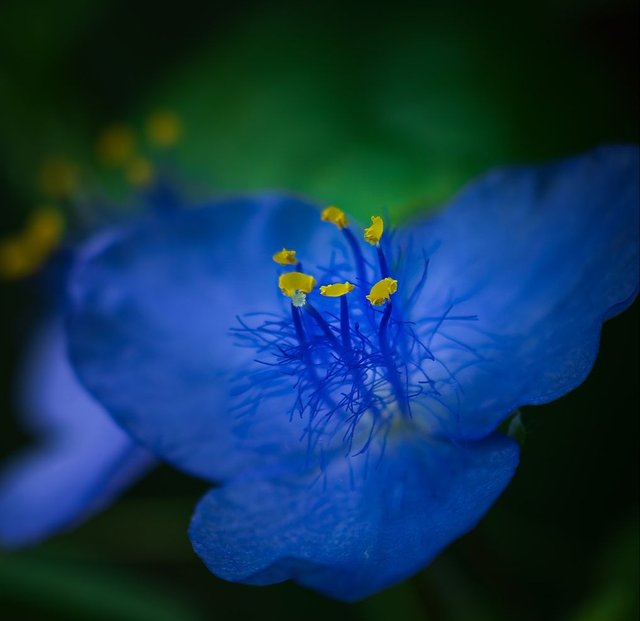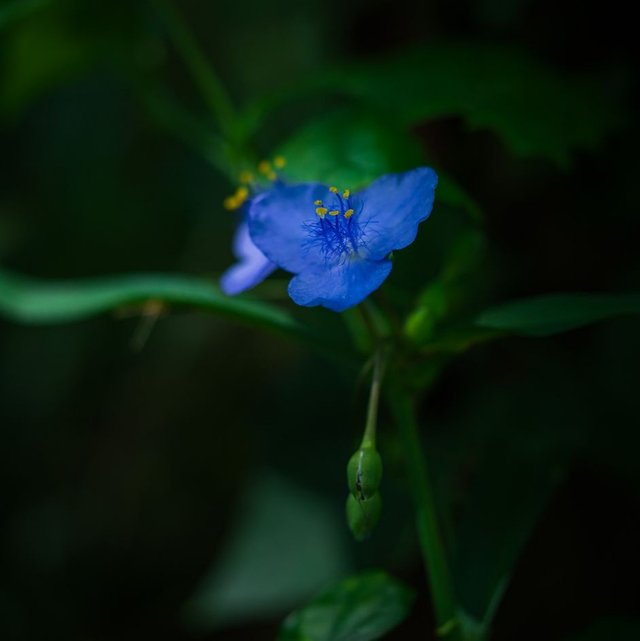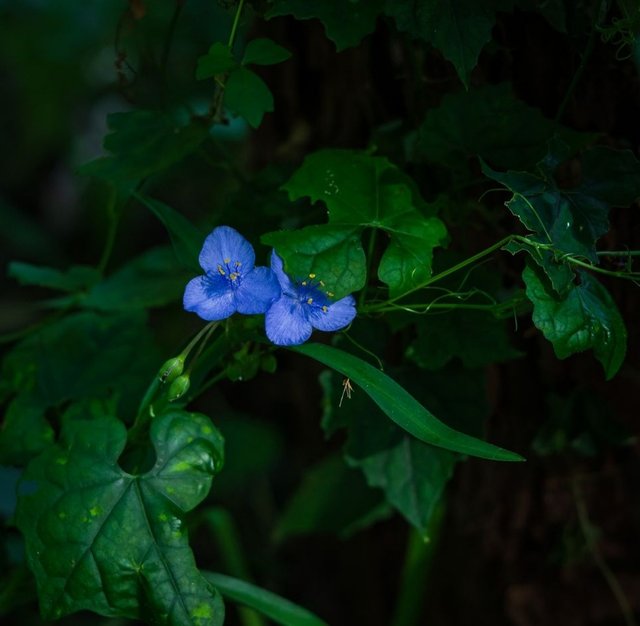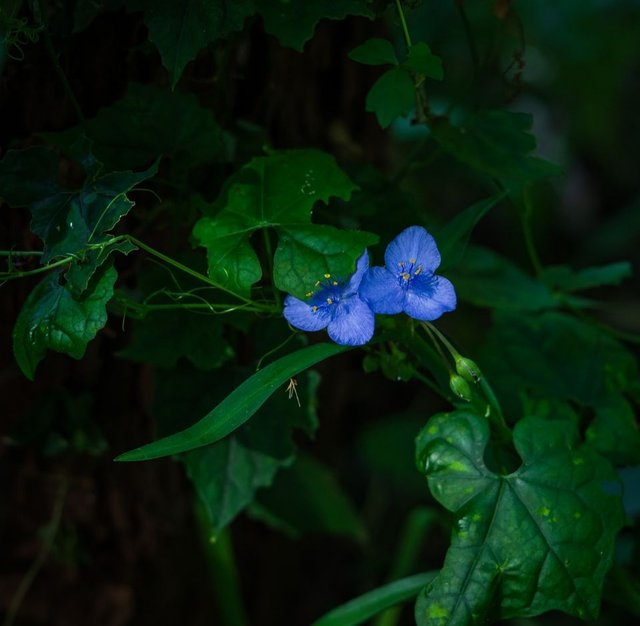Dayflowers So Beautiful
Dayflowers, scientifically belonging to the genus Commelina, are delicate, often overlooked wildflowers that have an enchanting presence in both gardens and the wild. Their vivid blue petals and transient nature make them a fascinating subject of discussion. The most common species, Commelina communis, also known as the Asiatic dayflower, is known for blooming for a single day, which is how it earned its name. Despite the brevity of its blooms, the plant itself is a perennial and can last for years, constantly producing new flowers.
Appearance and Structure
Dayflowers are known for their striking blue petals, though some species exhibit white or purple hues. The typical flower has three petals: two larger and more colorful ones on top, which create a "butterfly" or "face-like" appearance, and a smaller, often inconspicuous petal on the bottom. This unique structure makes the flowers immediately recognizable to those familiar with them.
The leaves of dayflowers are smooth, long, and lance-shaped, often giving the plant a grass-like appearance. These plants typically grow low to the ground, spreading through creeping stems that can take root at nodes, allowing them to colonize new areas quickly. Though their flowers bloom only for a day, their stems and leaves provide year-round greenery.
Native Habitat and Distribution
Dayflowers are native to many parts of Asia and Africa, though some species, like Commelina communis, have spread across the world and can now be found in Europe, North America, and other regions. They thrive in moist environments, often found growing along roadsides, in gardens, or near bodies of water. Due to their hardy nature, they can grow in various conditions, from full sun to partial shade, making them versatile and adaptable plants.
While they are often seen as wildflowers, dayflowers can be invasive in certain areas. The Asiatic dayflower, for example, has become a nuisance in some parts of the United States, where it competes with native plants for resources. However, their invasiveness is tempered by their delicate nature and the fact that they don't form large, dense colonies like some more aggressive species.




